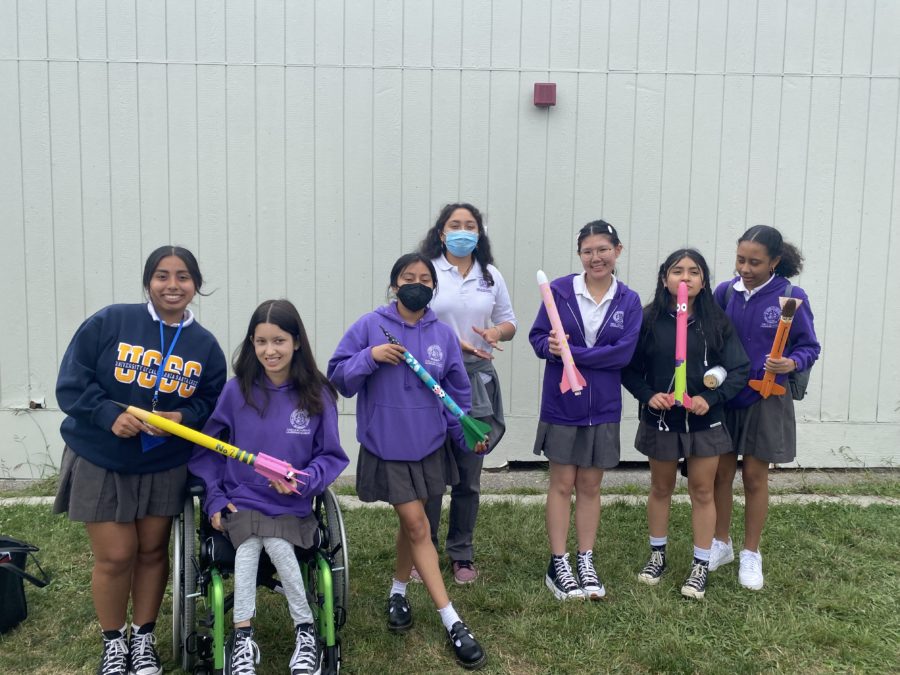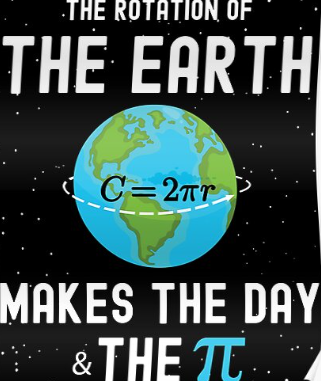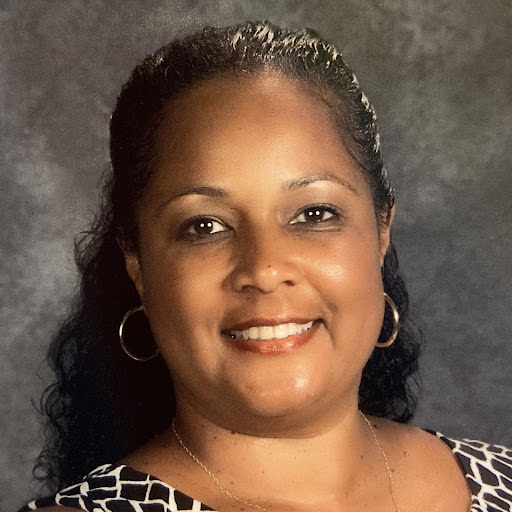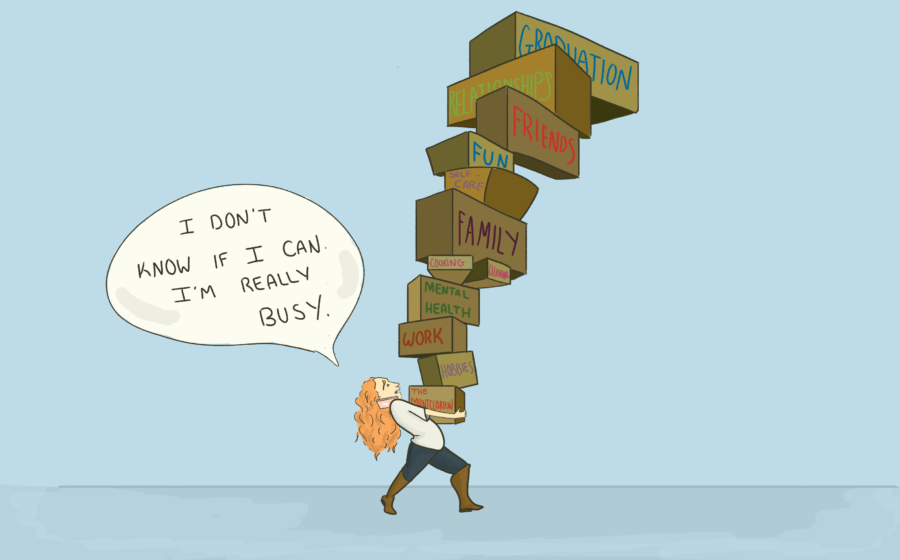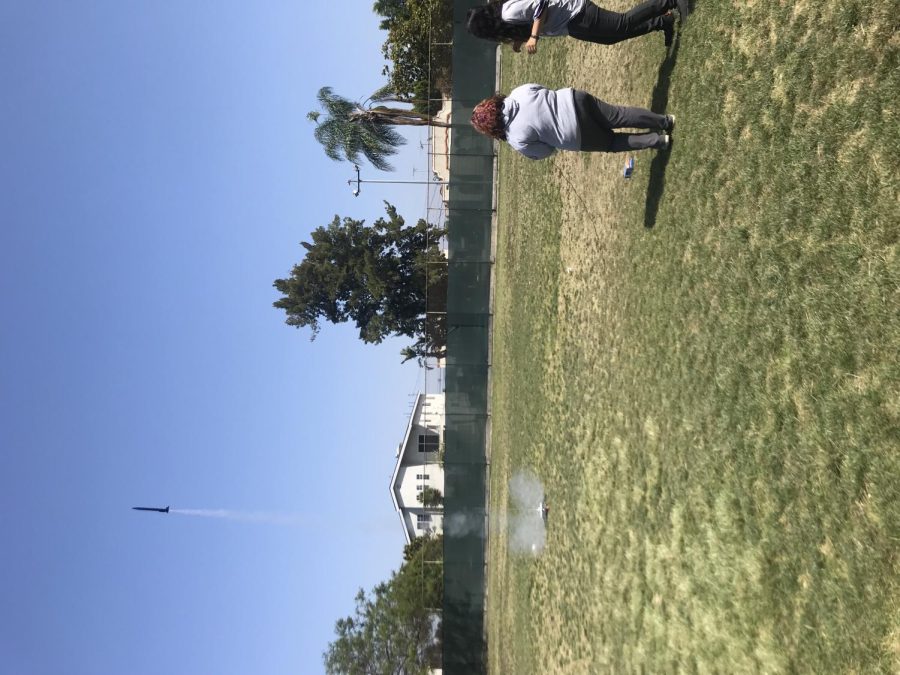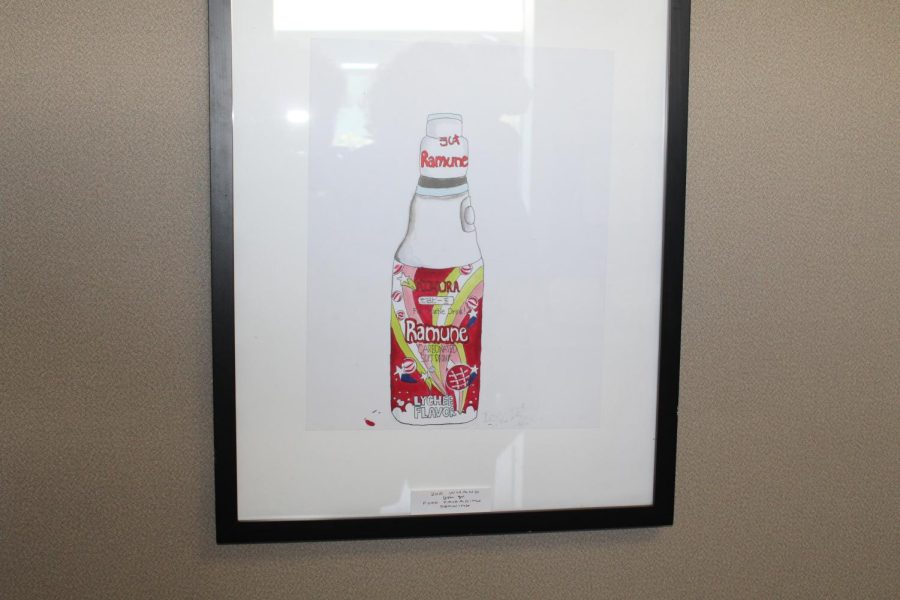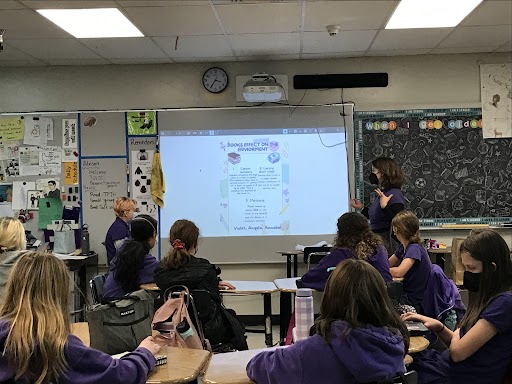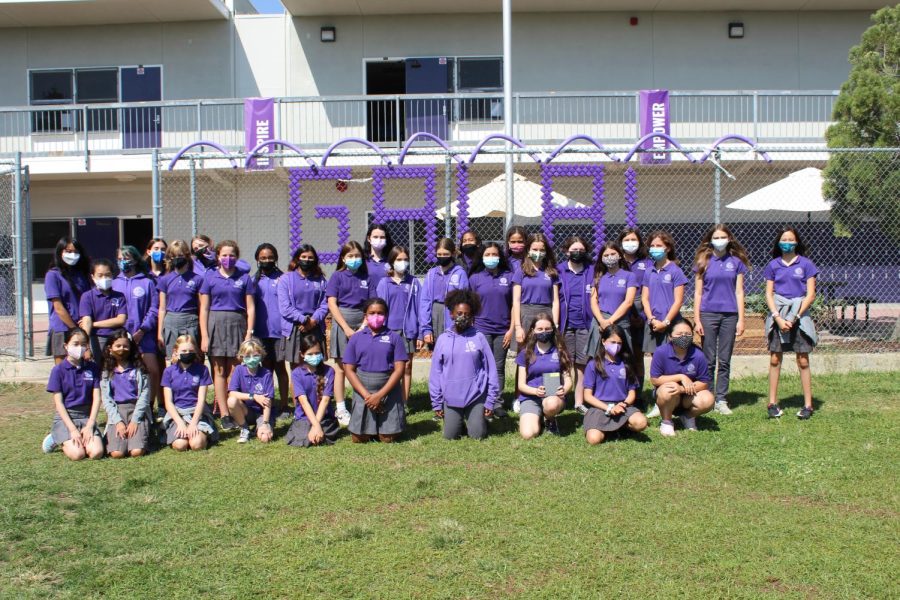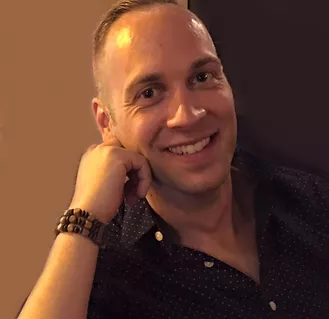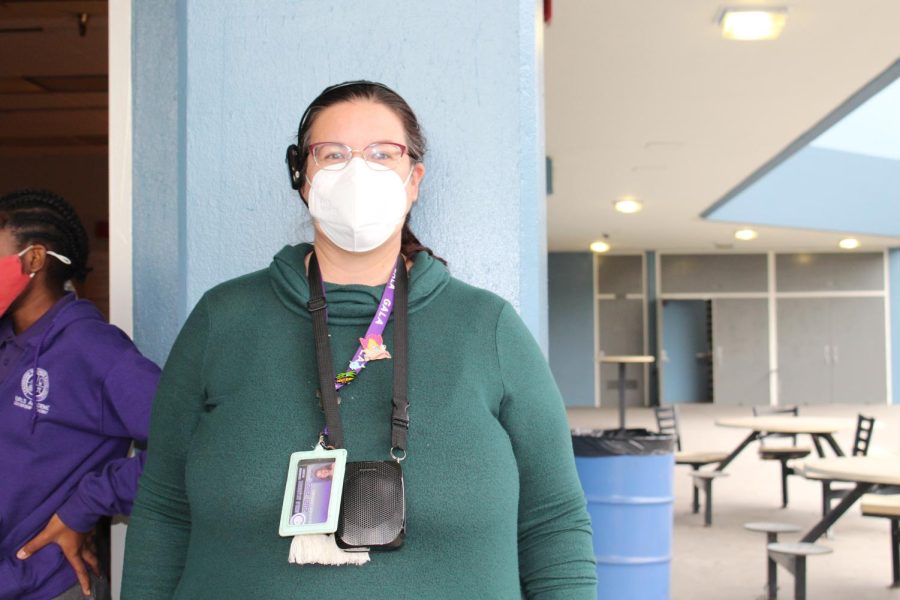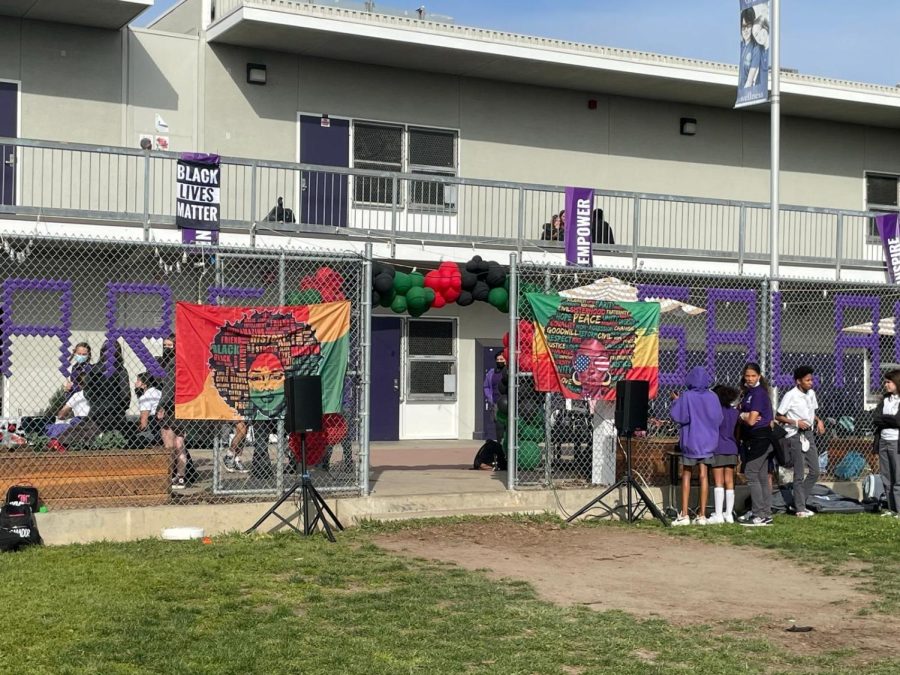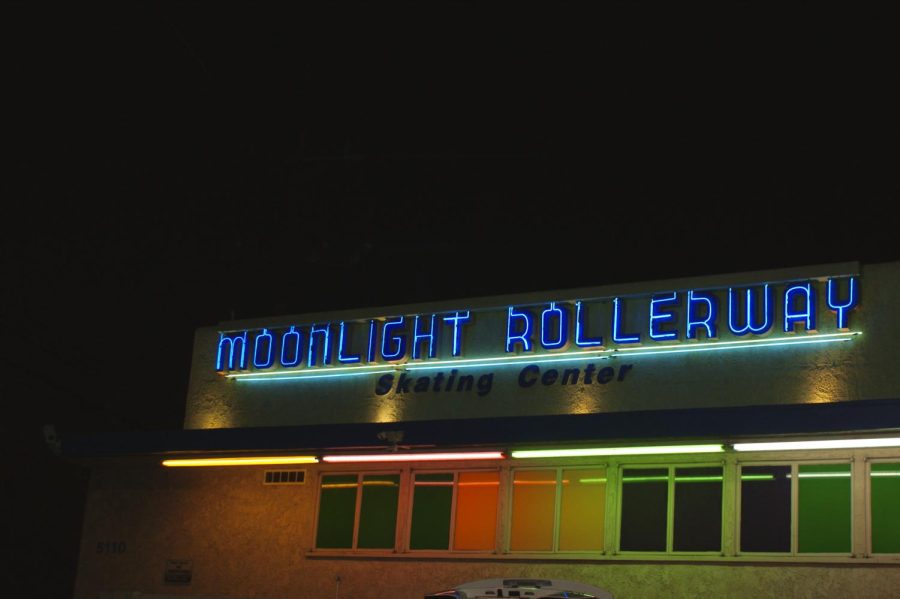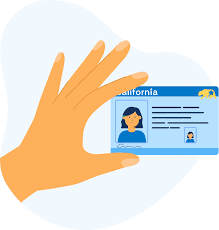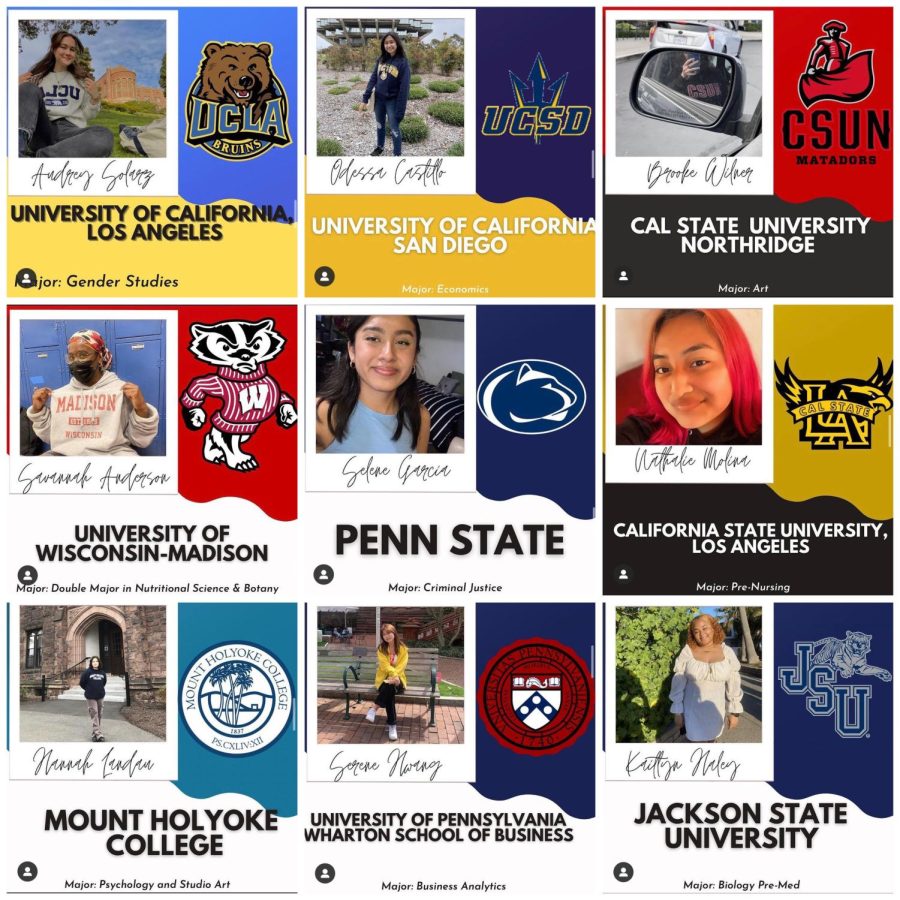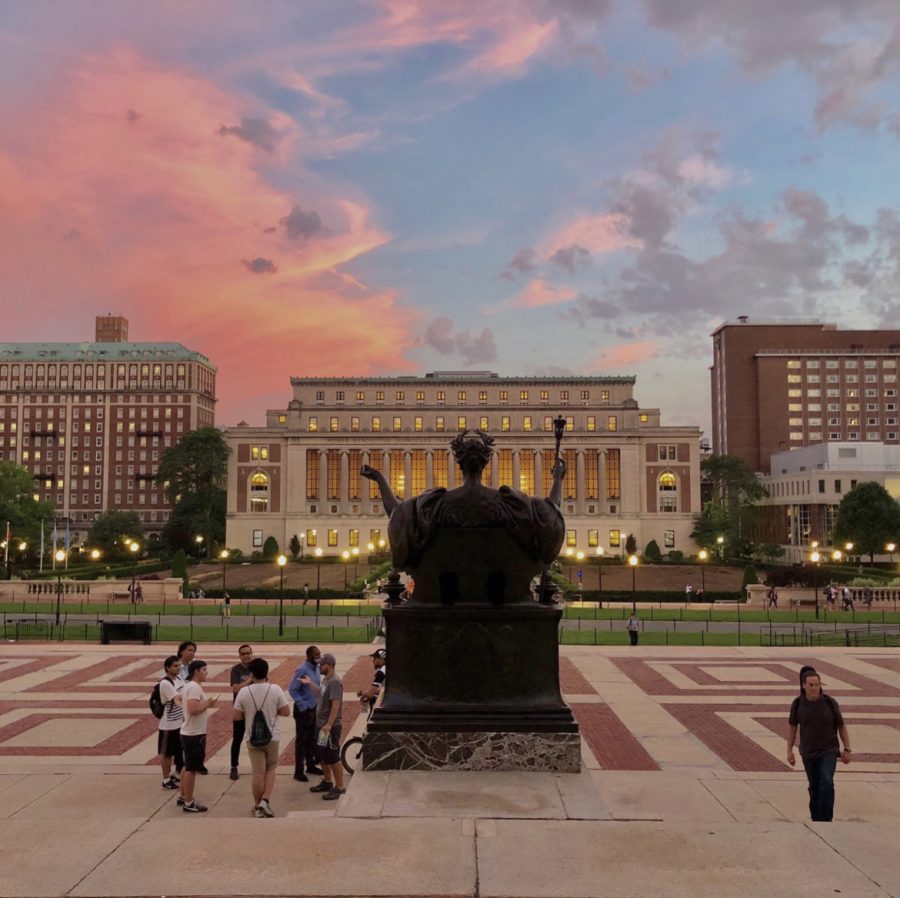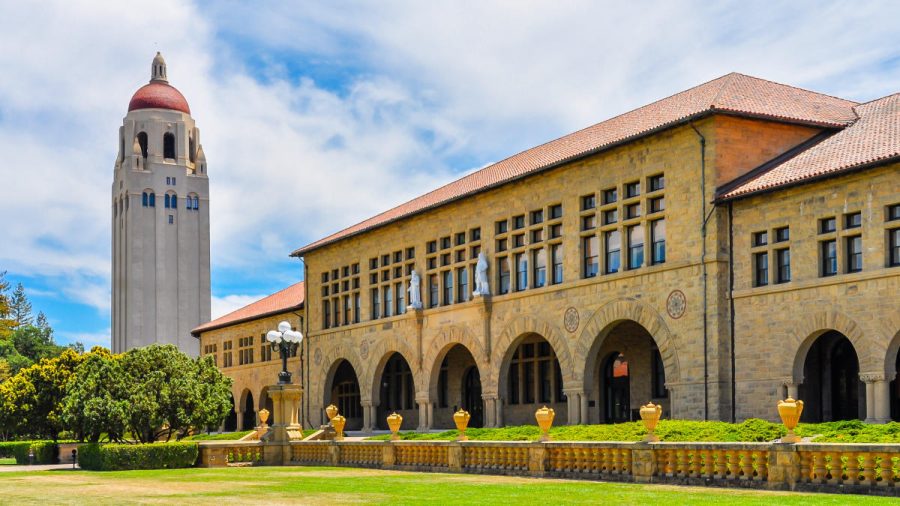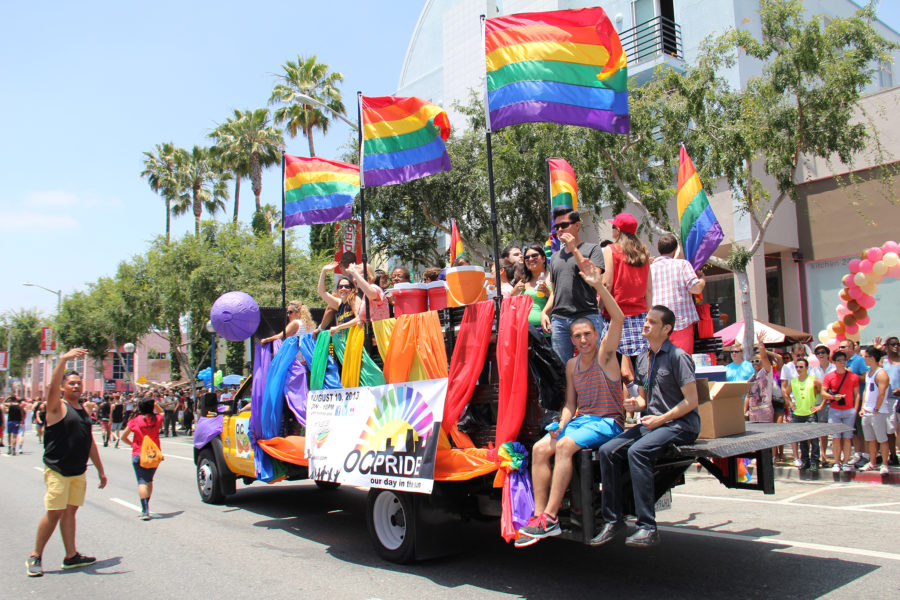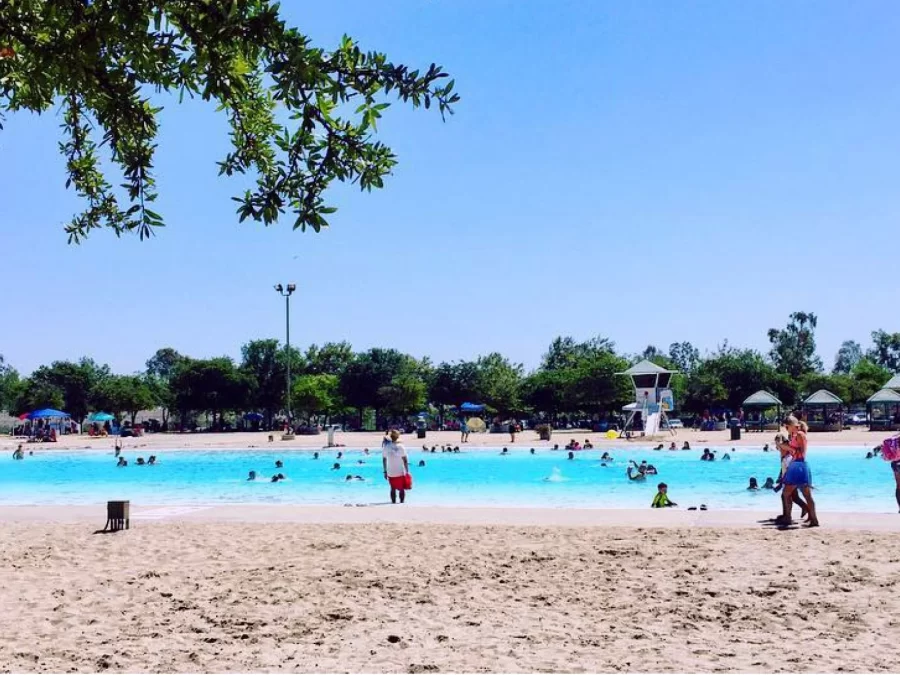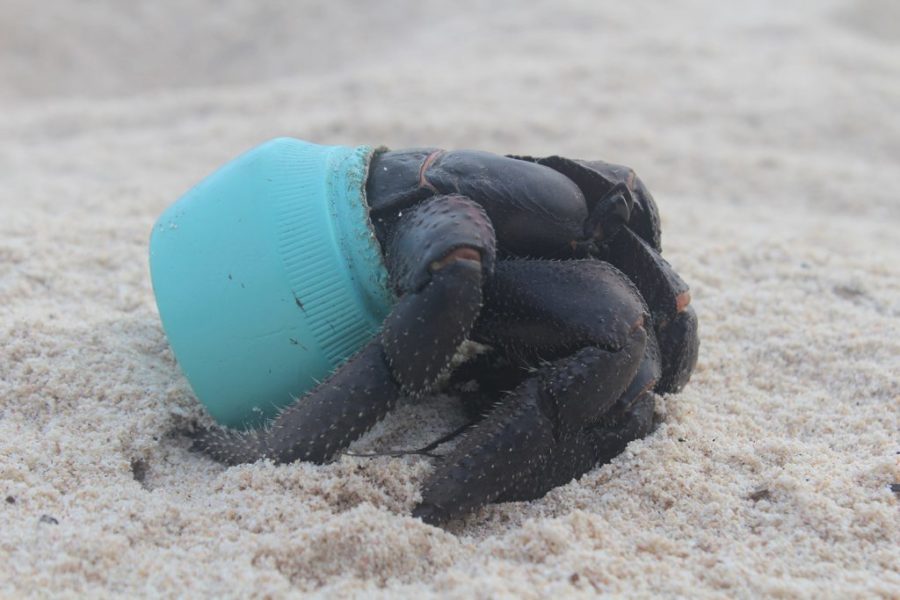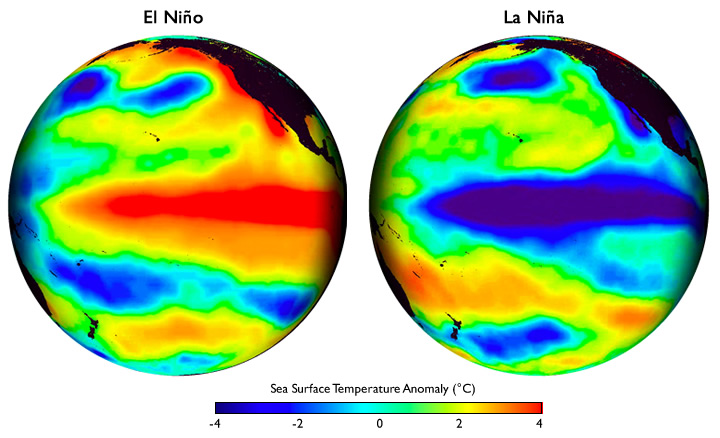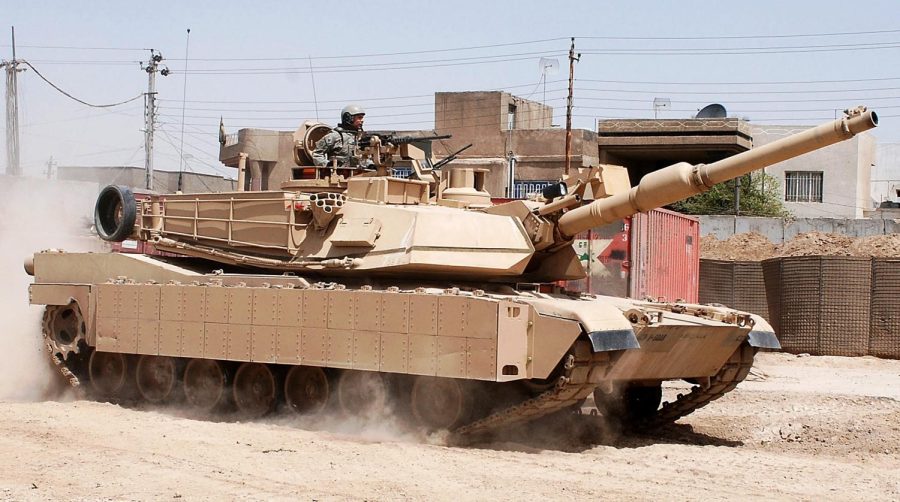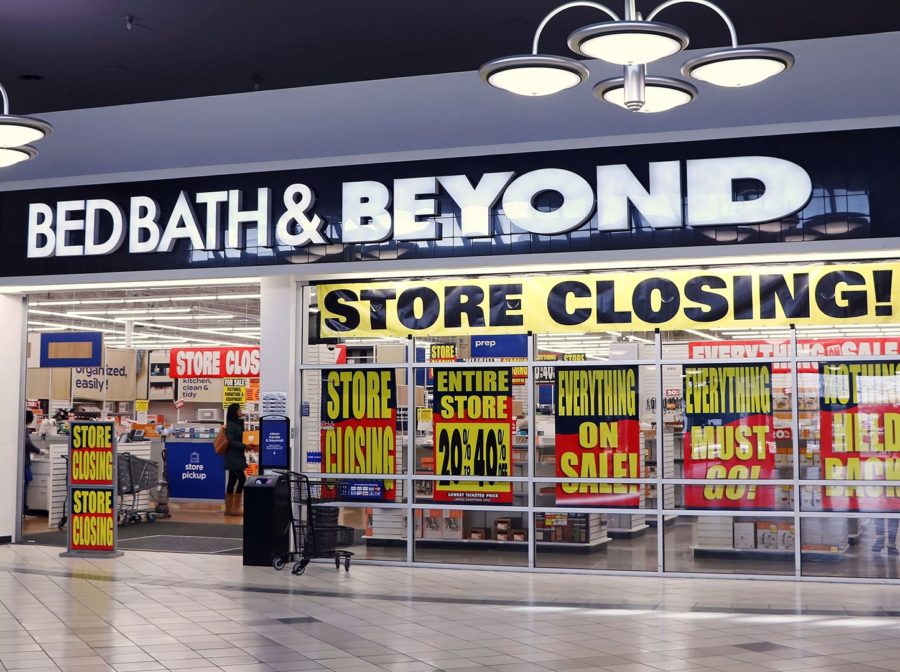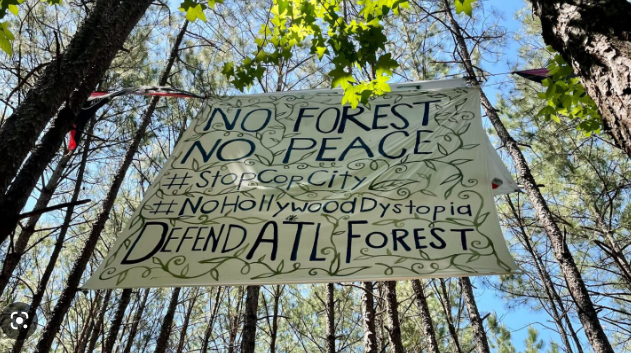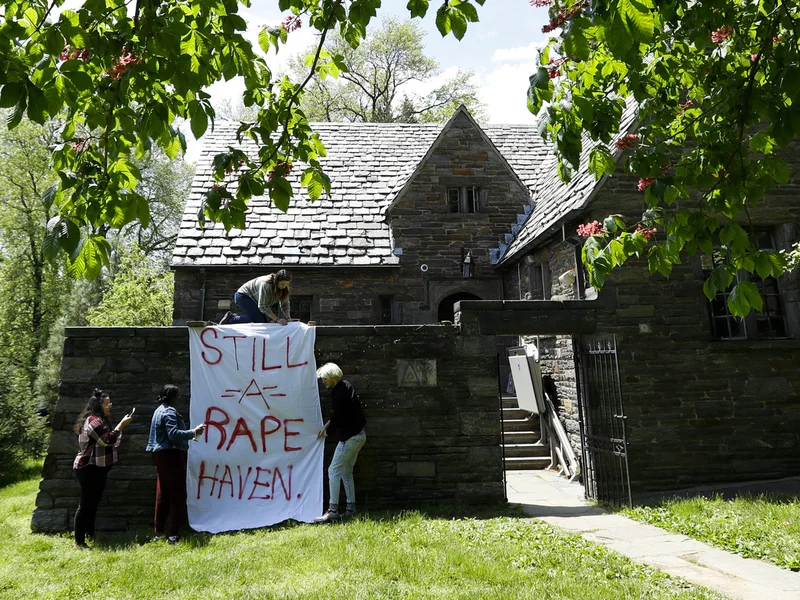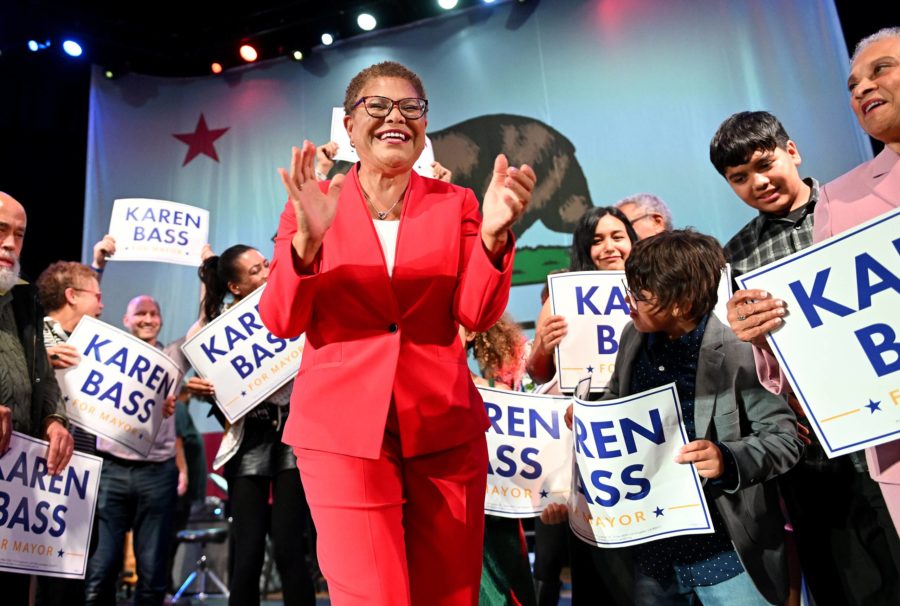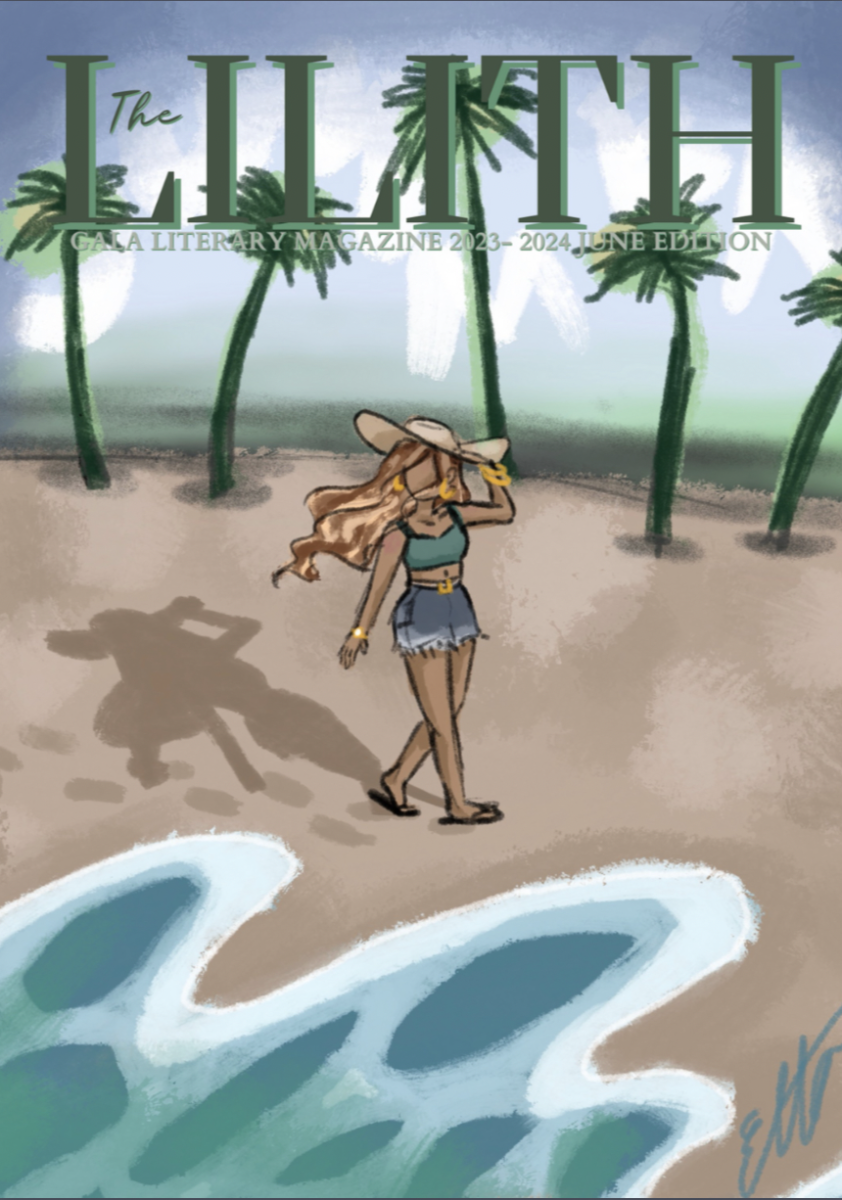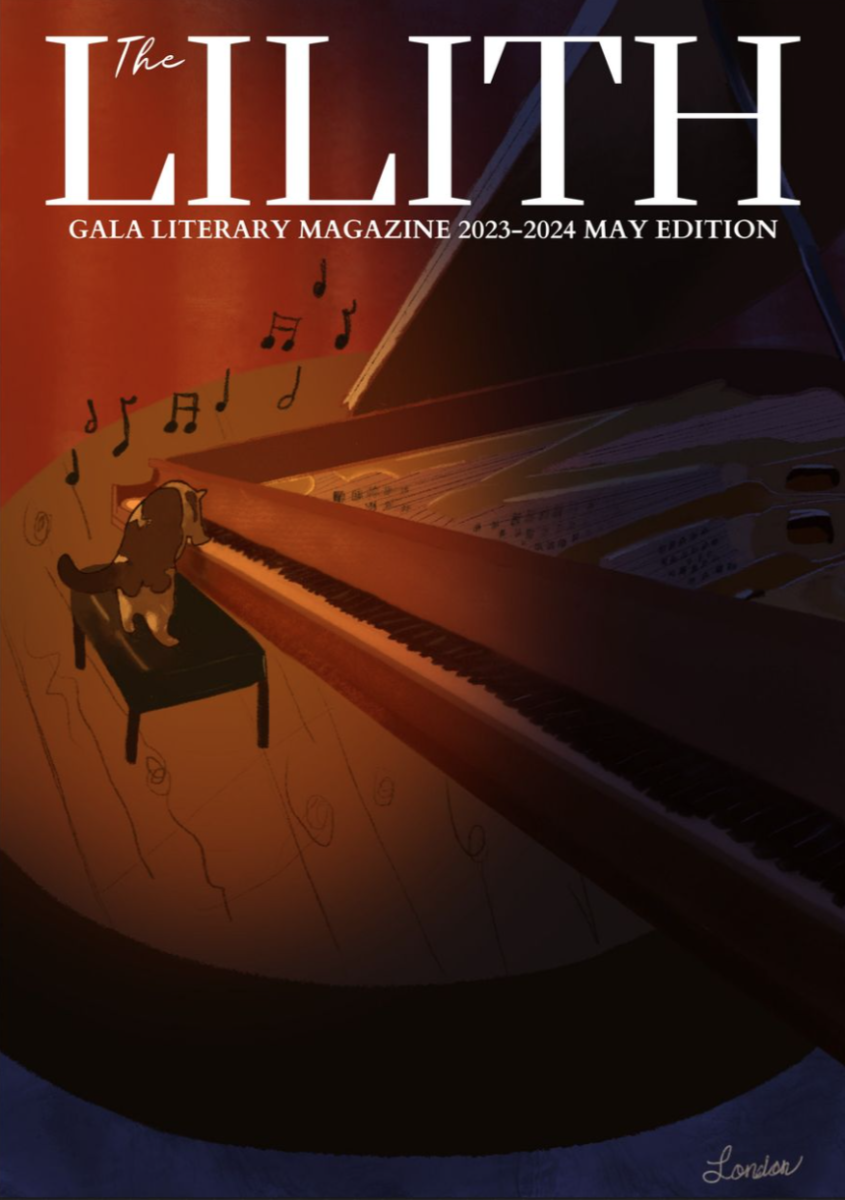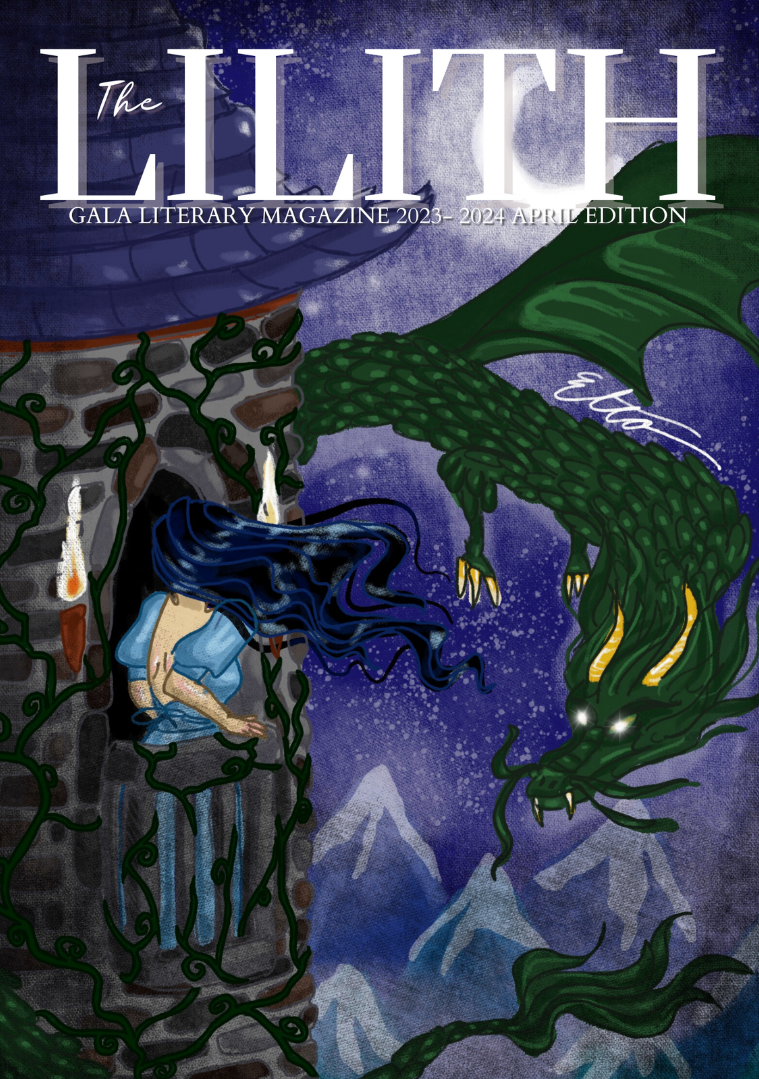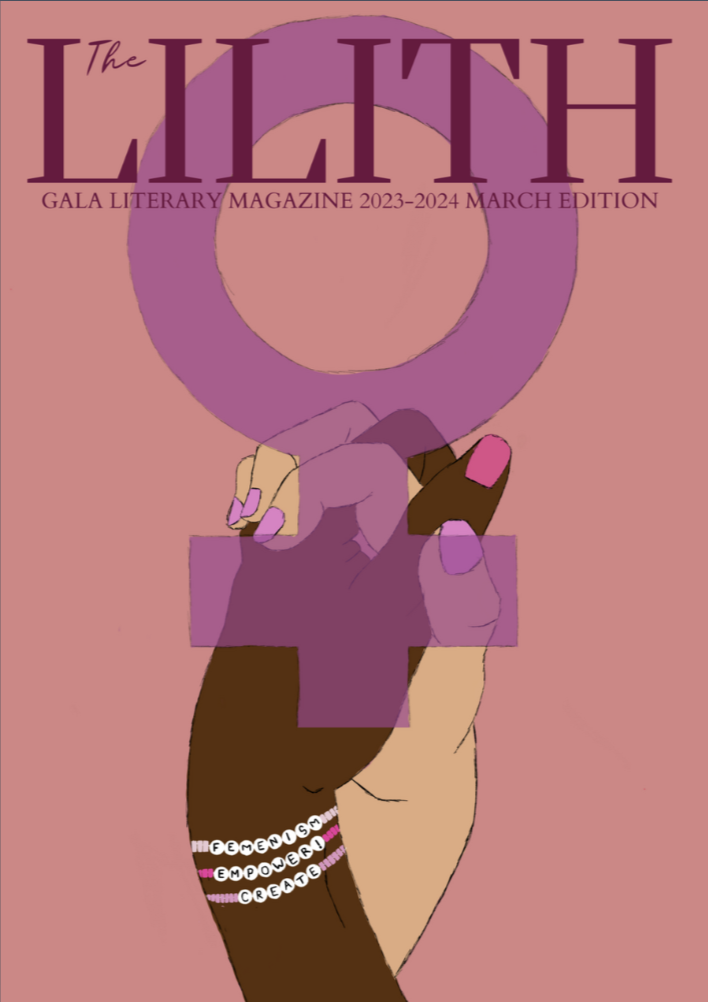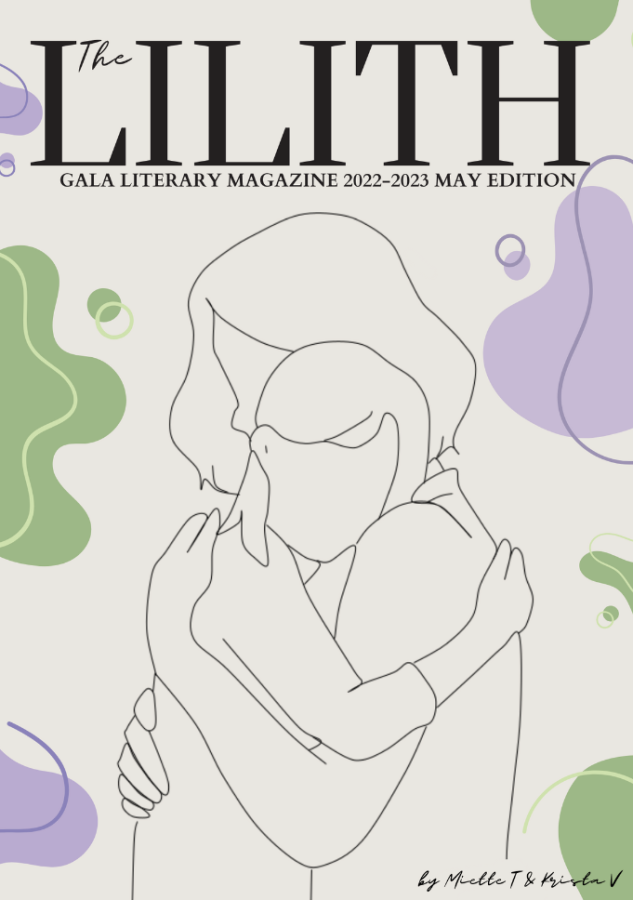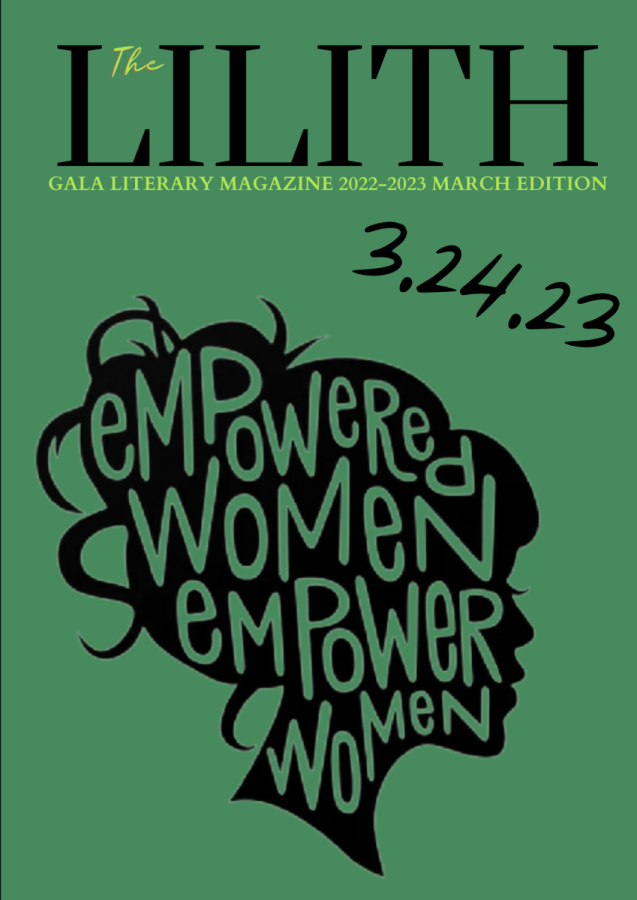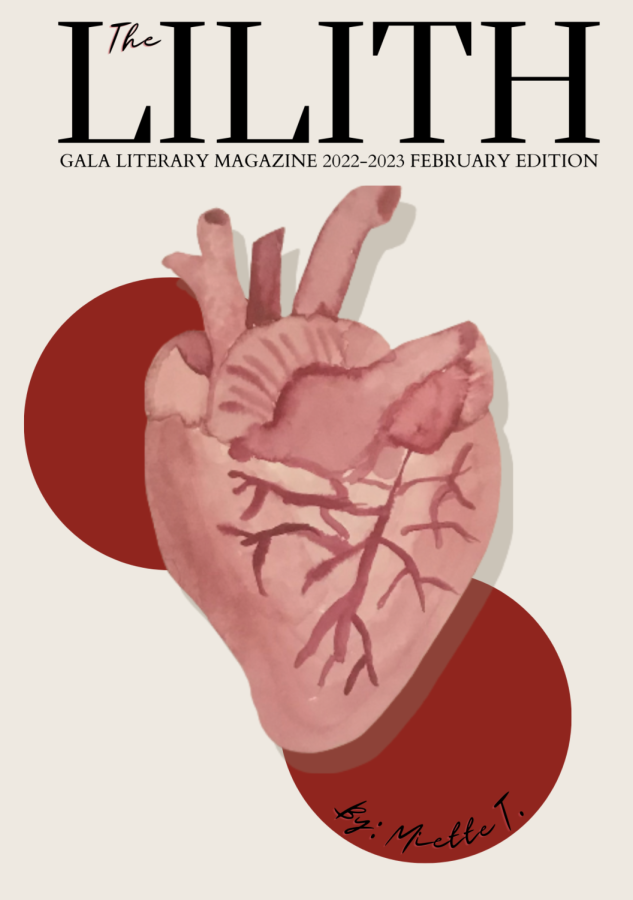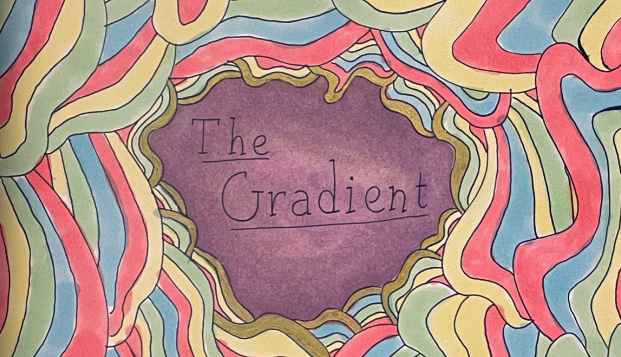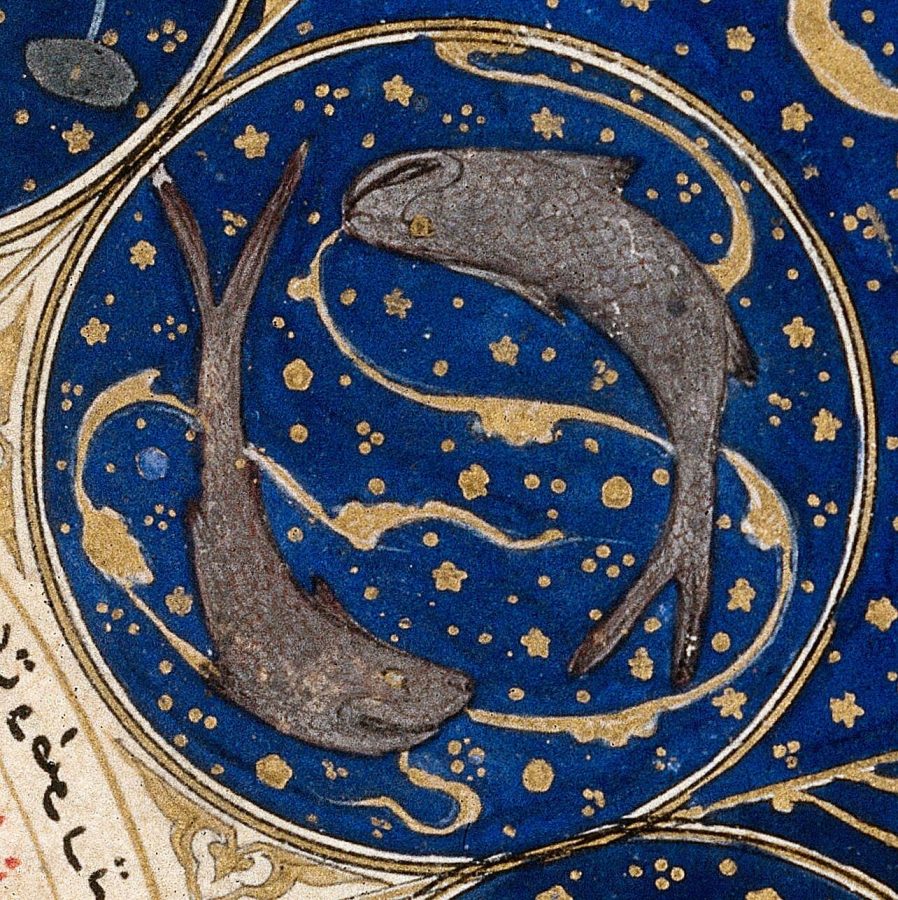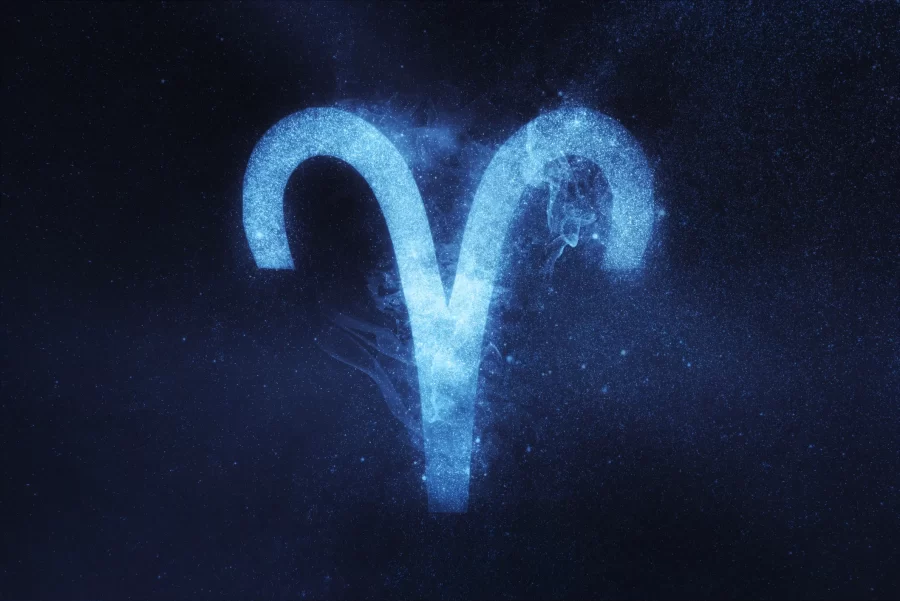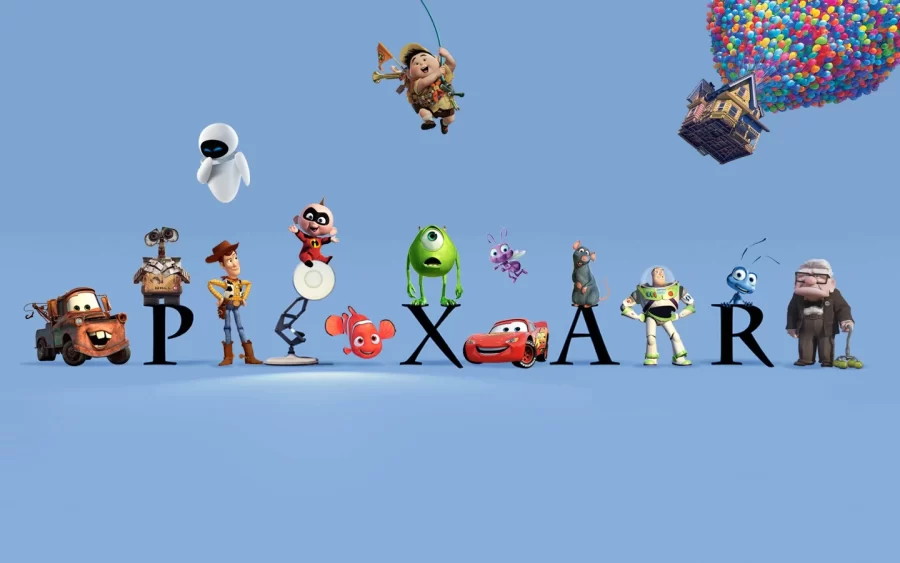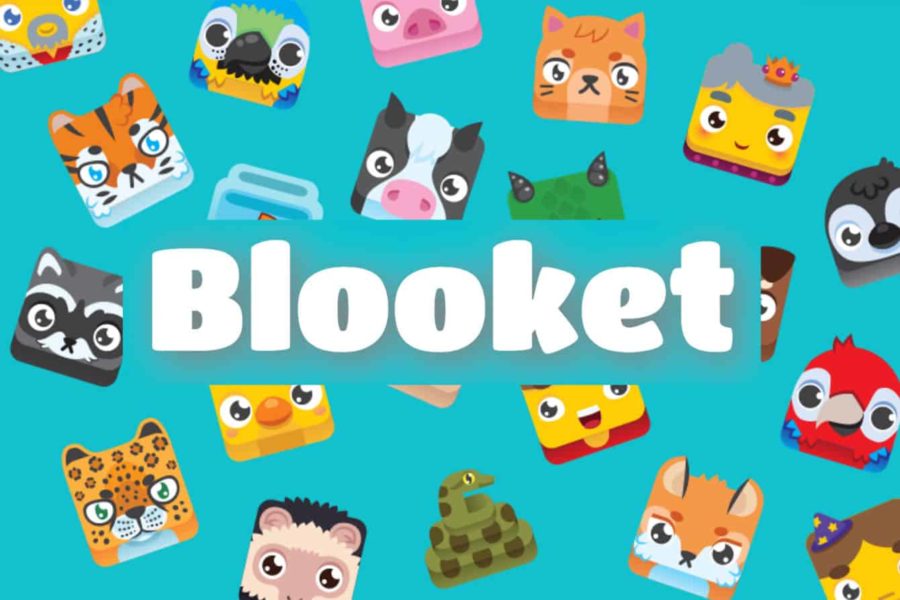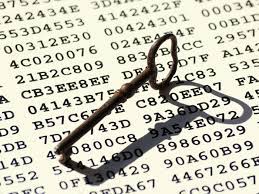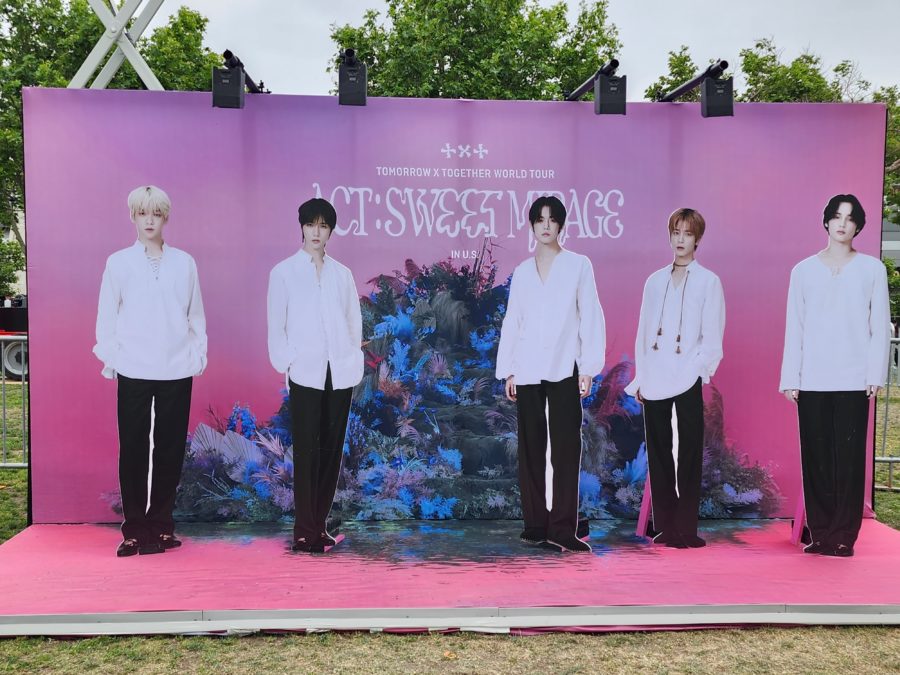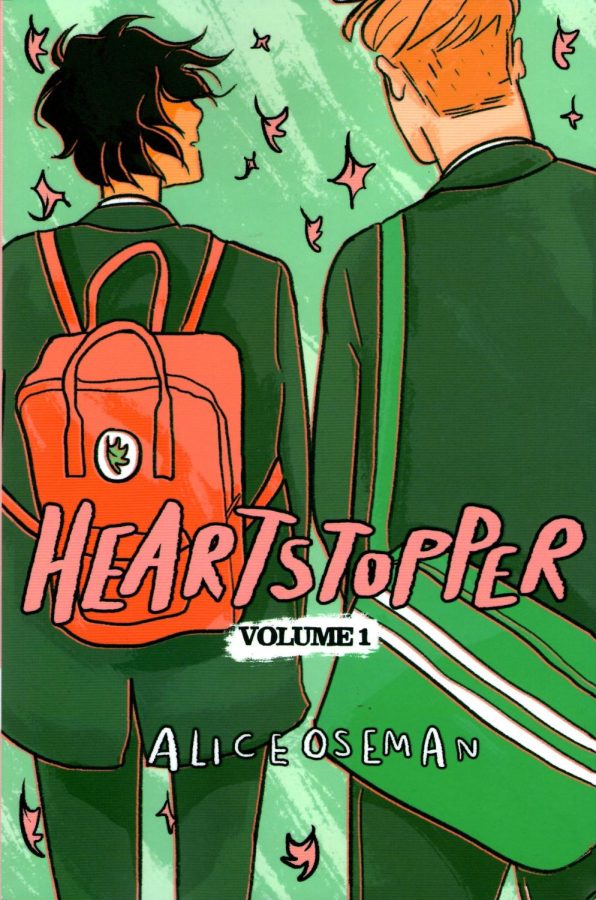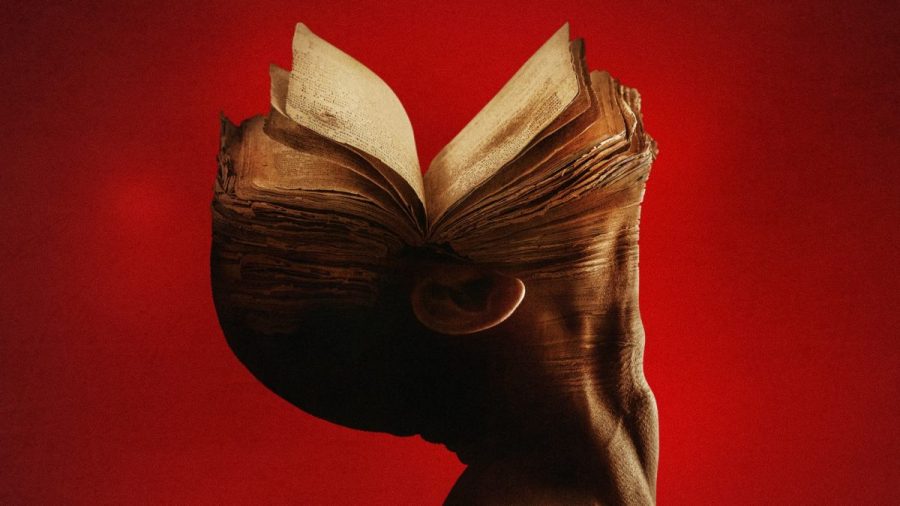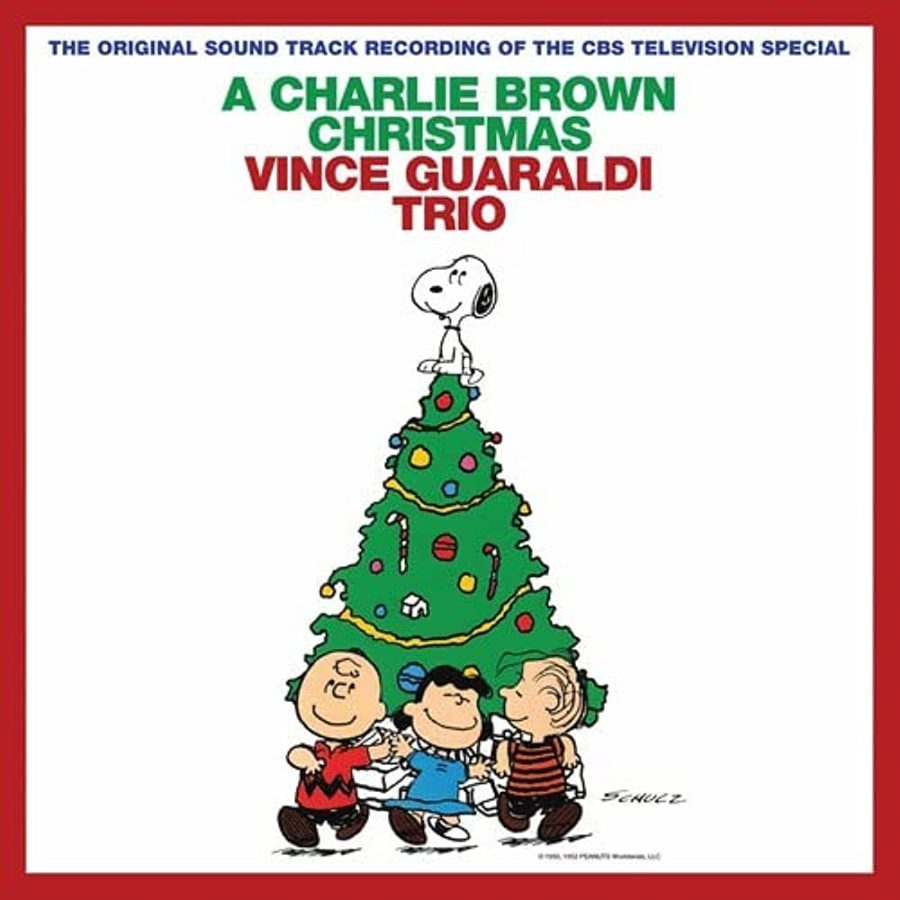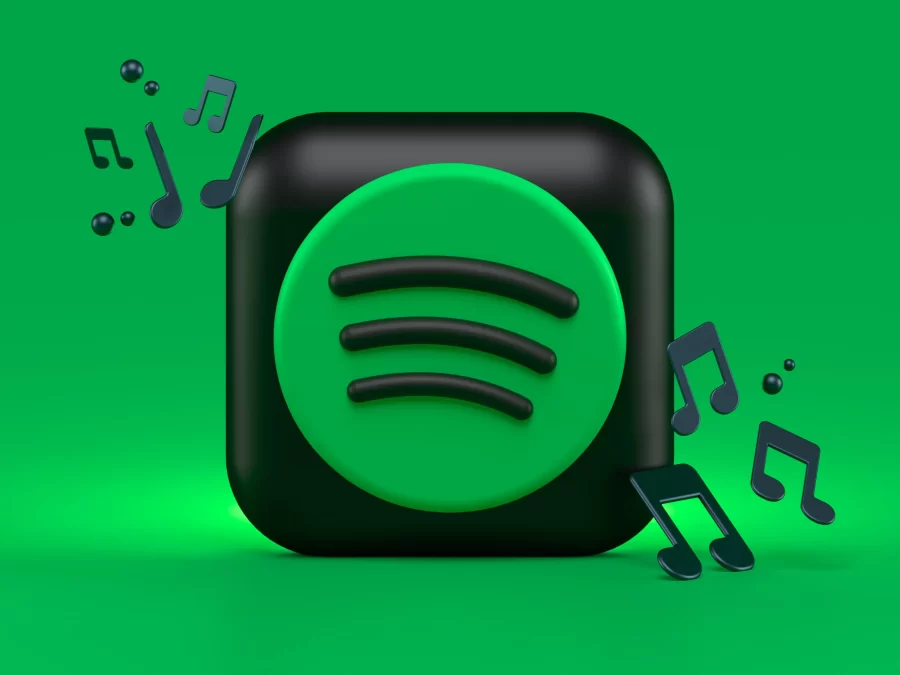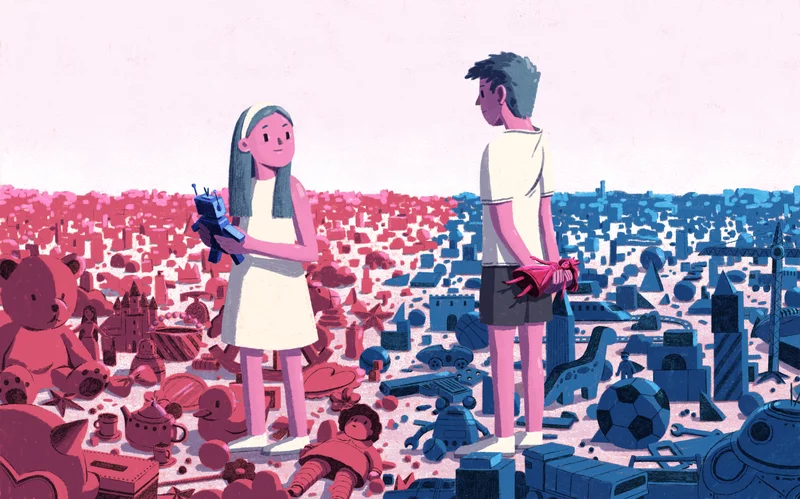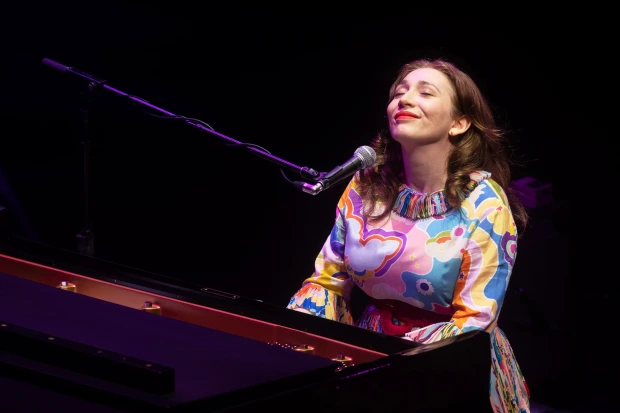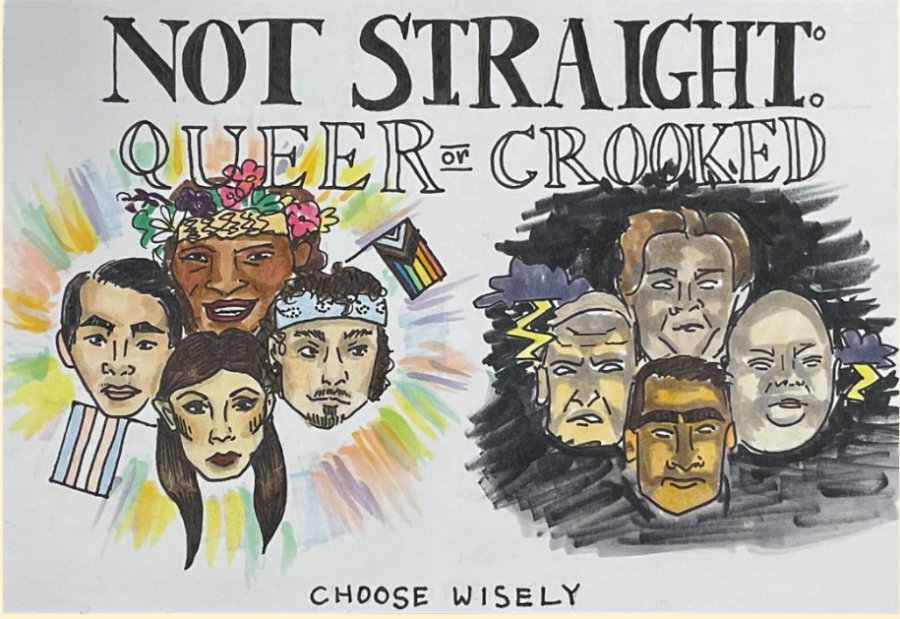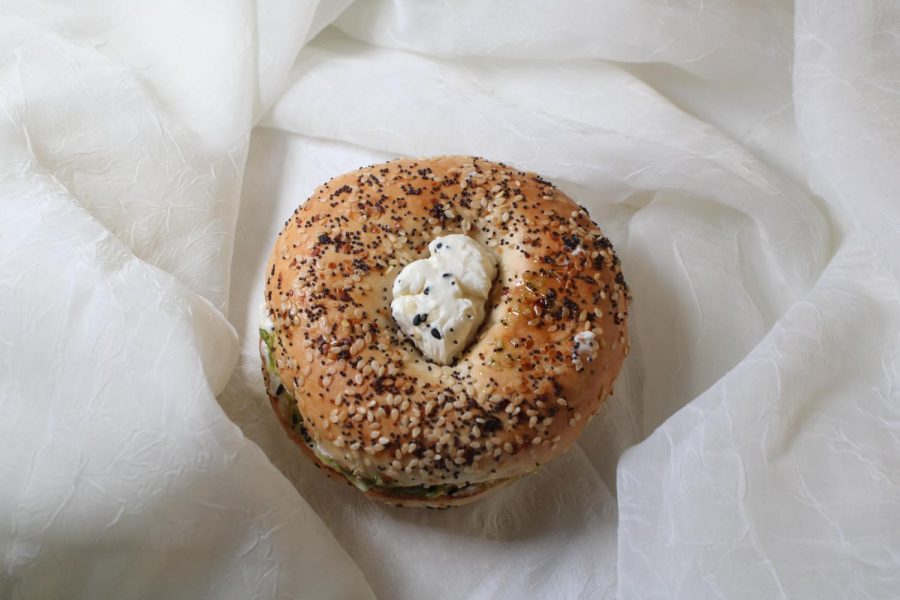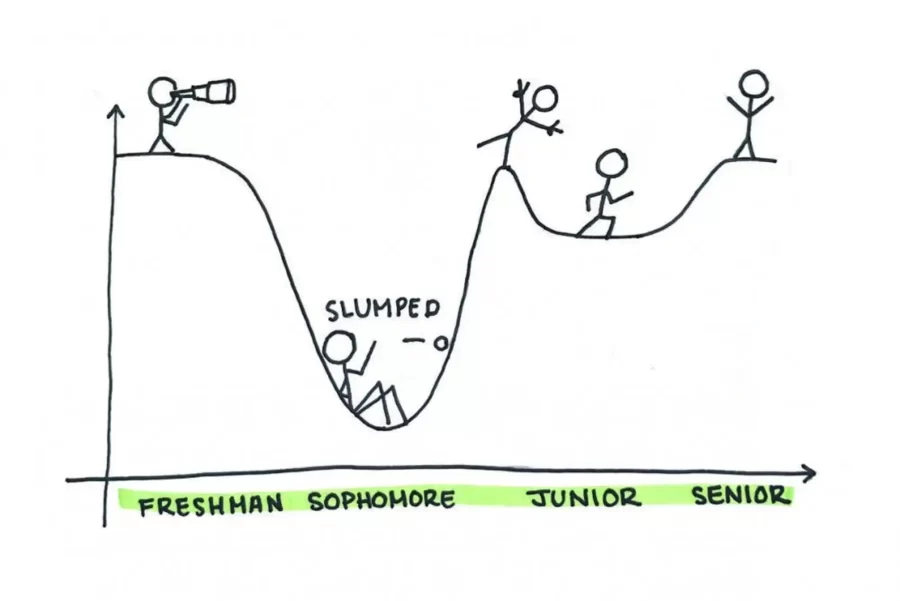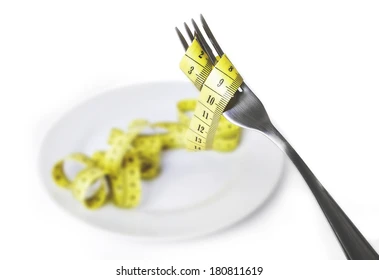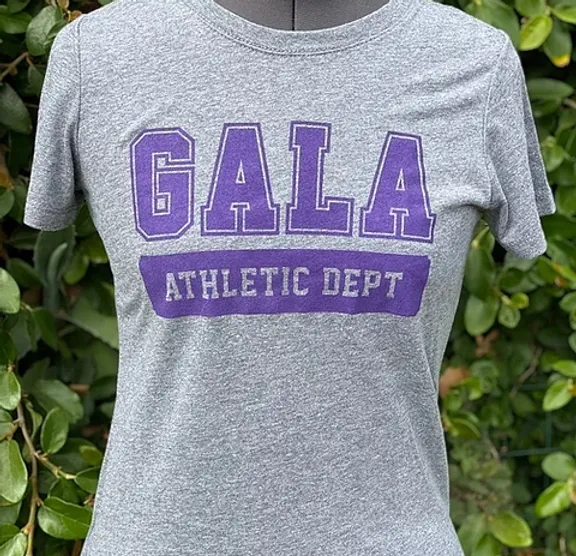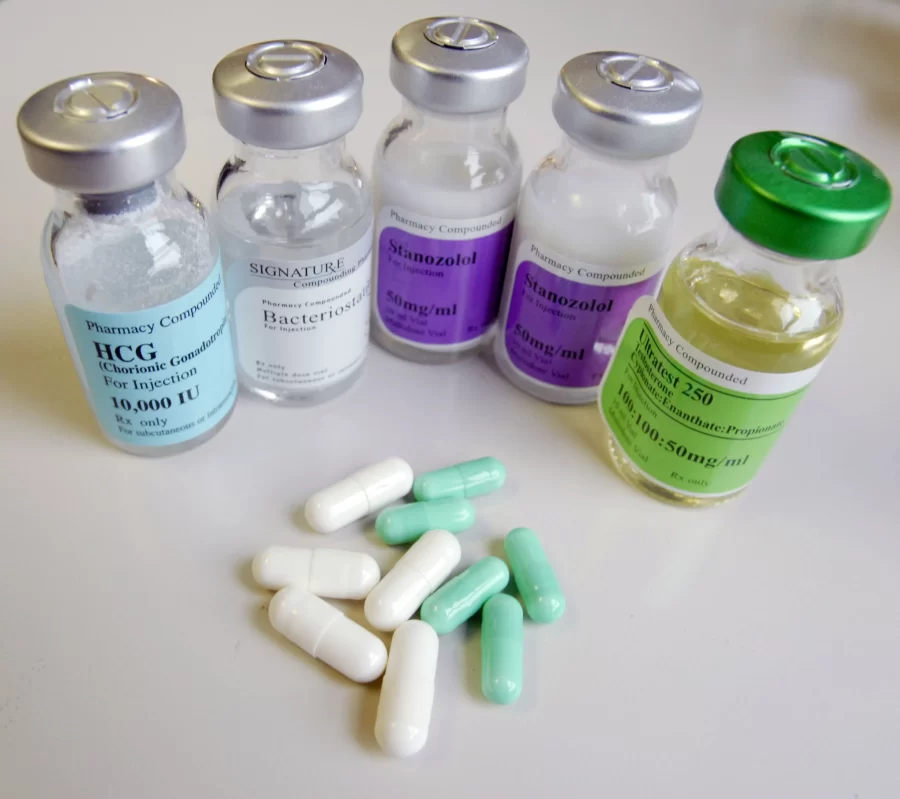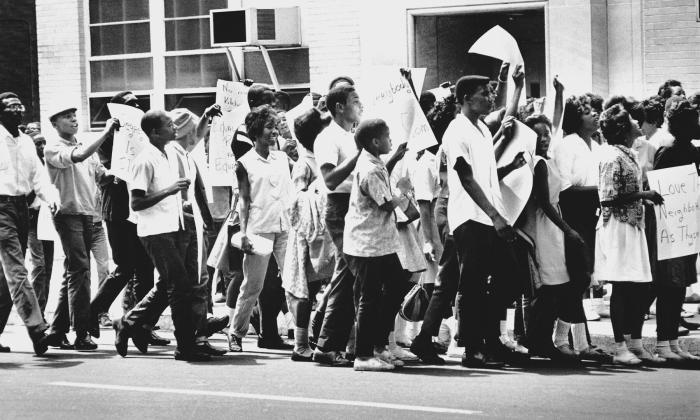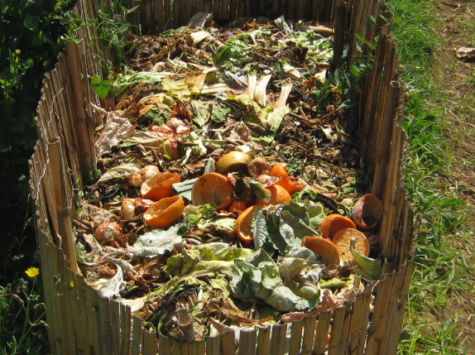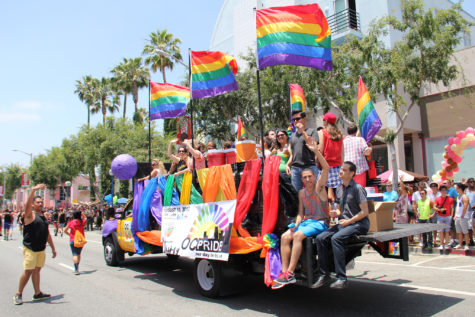Have you ever heard of the Childrens’ March of 1963?
An image if children marching in Birmingham, Alabama.
Have you ever heard of the Childrens’ March of 1963?
The Plan
The plan for the Childrens’ March started in April 1963 when Martin Luther King Jr. was looking into ways that would help further the campaign for civil rights. He realized that when he was arrested and jailed, it attracted a small number of protesters. It was then when a Southern Christian Leadership Conference (SCLC) member, James Bevel, proposed the idea of recruiting school-age children to the protests.
Bevel mentioned that since adults might be hesitant to join these protests in fear of losing their jobs, children could be incredibly powerful protesters. Children ultimately had less to lose. If the plan was followed then it would have to involve recruiting popular teenagers from Black high schools. They thought that involving these popular teenagers would help influence their classmates to attend the meetings held in Black churches.
At first, King refrained from starting up this plan but after discussing and thinking about it carefully, he ended up agreeing. He hoped for this action to “subpoena the conscience of the nation to the judgment seat of morality.” SCLC and Alabama Christian Movement for Human Rights members started to contact colleges and high schools for volunteers. Then they began to train them on the tactics of nonviolent direct action.
The Movement
Parker High and Bessemer High students, as well as students from other Black high schools in Birmingham, participated in this movement. It was led by class presidents, prom queens, cheerleaders, and football players because of their passion for freedom.
Thursday, May 2 became a “D-day”, which was where students ditched class to start marching for justice. In groups of 50, children were singing and marching out of the 16th Street Baptist church. When a group was arrested, another took its place. There were so many participants that there weren’t enough cops to hold them back. The cops ended up having to rapidly summon more police enforcement. By the end of the day, about 1,000 kids had been jailed.
On May 3, the next day, about a thousand kids had cut class in order to assemble at the 16th Street Baptist church. Jails were already filled with captivity but more and more marchers kept coming. Eugene “Bull” Connor, the Commissioner of Public Safety in charge of the police and fire departments, tried to stop the movement by creating violence. He ordered his fire department to use their firehouses against them.
The students held their ground and sang “freedom” to the tune of the ancient hymn “Amen.” Connor proceeded to order for the water pressure to increase to wash them away. The young protesters continued singing and proceeded to sit down and hunch their backs against the pressure of the water. Then, Law enforcement brought out police dogs to scare and harm the marchers.
These events were recorded by television crews and newspapers. This ended up causing national outrage. More than 2,000 children were arrested during this day-long protest.
Influential white businessmen and city officials saw the business district with the marchers and they then decided to call a meeting with King. During that meeting, they made an agreement to desegregate lunch counters, businesses, and restrooms and improve hiring opportunities for Black people in Birmingham.
Sources Used:
https://www.zinnedproject.org/materials/childrens-march
https://www.history.com/news/childrens-crusade-birmingham-civil-rights
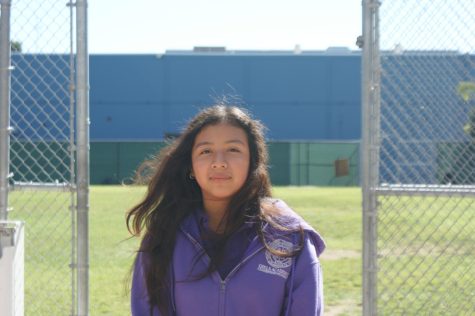
Daisy is a freshman at Girls Academic Leadership Academy. She has been in journalism for 2 years and has the position of Jr. Learn Something Editor. ...
